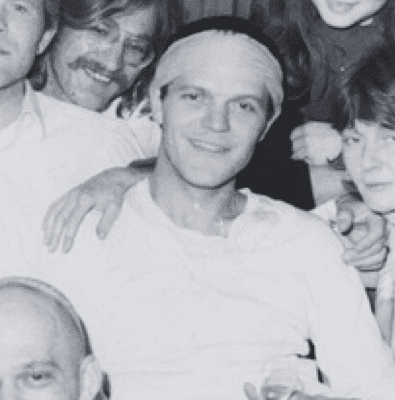A Short history
A
Short
history

Carl Giskes is the founding father of Tierrafino. To understand Tierrafino you have to know about Carl.
After studying decorative paving and engraving, he embarked on a seven-year global trek on foot, exploring over 120 countries. It was the natural building techniques in places like Djenné that fascinated him the most. Upon returning to Germany, he felt a stark contrast in living comfort between European construction—akin to a plastic bodysuit and the natural methods observed in Asia, Africa, and South America, which were more like a second skin. This experience planted a seed of inspiration.
Meanwhile, he collaborated with the renowned artist Joseph Beuys on various art projects. During this period, he discovered the first university dedicated to Clay Architecture, diving deep into the world of clay construction. Through Beuys, he was tasked with constructing a clay pavilion for the “Arts meets Science and Spirituality” global conference in Amsterdam. This project steered his focus towards interior clay finishing materials, recognizing their significant impact. Leveraging his multifaceted background in art, design, and natural materials, he created the first high-end colored clay plaster, naming it Tierrafino. The rest, ladies and gentleman, is history.
1970’s
7 YEAR JOURNEY BY FOOT
Africa: Senegal to Ethiopia and Egypt to South-Africa
South America: From Peru to Brazil
Asia: India
1980’s
THE ARTIST’S APPRENTICE
Working with Joseph Beuys
Lessons about life and art
STUDYING CLAY ARCHITECTURE
University of Krefelt: The first university of Clay Architecture
1990’s
TO THE NETHERLANDS
First Clay Building Project as part of the Global Conference of ‘Arts meet Science and Spirituality in a Changing Economy’
LEEMBOUW NEDERLAND
Founding the first Clay Building company in the Netherlands
The invention of high-end coloured clay plaster: Tierrafino
2000’s
TIERRAFINO
From a product line to an international production company:
Tierrafino P.L.C.
Now
A NEW GENERATION
Transforming the old

